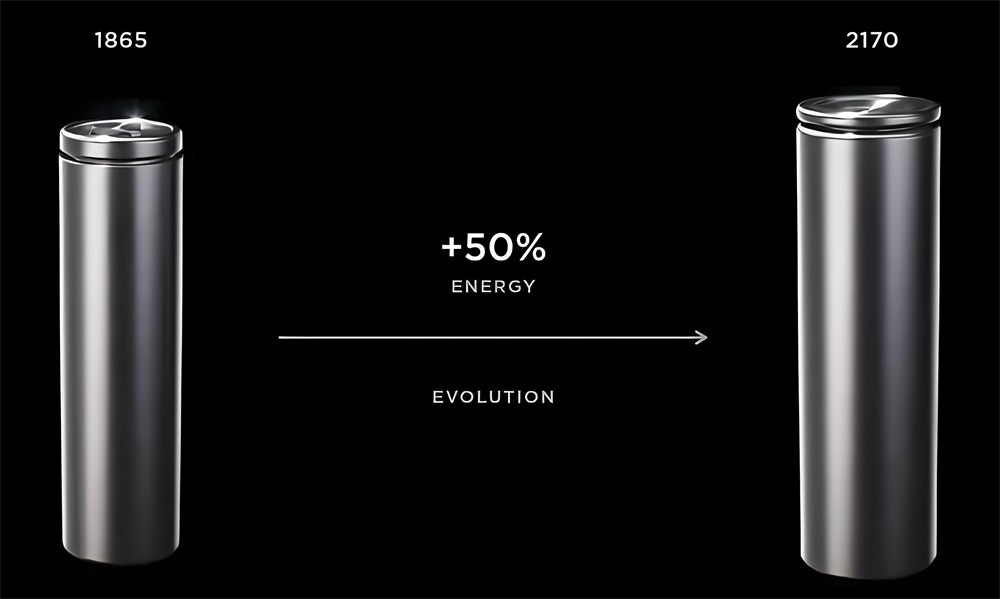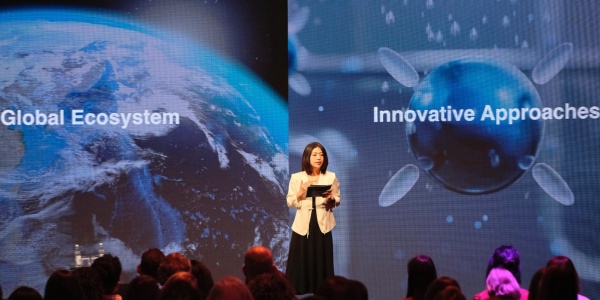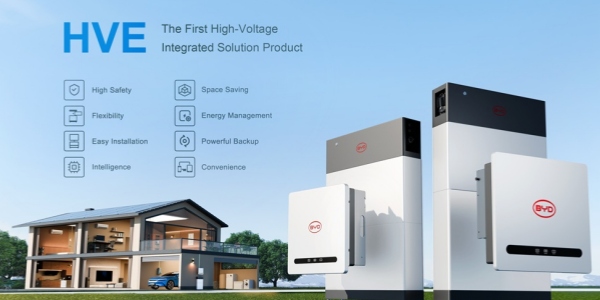Everything You Need to Know About the 2170 Battery
With the rise of electric vehicles and renewable energy, battery technology has become one of the most exciting fields of innovation today. Among the many battery technologies, Tesla's 2170 battery undoubtedly holds a key position. This battery has not only driven the progress of electric vehicles but has also sparked a revolution in global energy storage technology. In this article, we will explore the technological evolution and features of the 2170 battery, and how it is driving Tesla's electric vehicles toward a more efficient and economical future.
The Evolution of Battery Technology

Since the advent of lithium-ion battery technology, significant improvements have been made in aspects such as size, energy density, cost, and performance. As a global leader in the electric vehicle sector, Tesla has been committed to pushing forward innovations in battery technology. From the early use of the 18650 battery to the later 2170 battery, and now the latest 4680 battery, each advancement has greatly contributed to the widespread adoption of electric vehicles and technological enhancements. The 2170 battery, as an important transitional technology for Tesla, has played an indispensable role in this process.
What is the 2170 Battery?
The 2170 battery is a cylindrical lithium-ion battery with a diameter of 21mm and a length of 70mm (hence "21" for diameter and "70" for length). Compared to the earlier 18650 battery, the 2170 battery shows significant improvements. It has a larger size, higher energy density, and is better suited for high-power, long-range electric vehicles.
Key Features:
· Higher Energy Density: Due to its larger size, the 2170 battery can store more energy, providing longer driving range.
· Higher Power Density: Each battery cell can provide more power, which improves acceleration and performance in electric vehicles.
· Better Thermal Management: Thanks to optimized internal design, the 2170 battery performs better in heat control and dissipation, enhancing its lifespan and safety.
How Tesla Promoted the 2170 Battery
Tesla has played a key role in the development and promotion of the 2170 battery. As early as 2016, Tesla introduced the 2170 battery in the Model 3. Tesla, in collaboration with partners like Panasonic, co-developed and produced this new battery, optimizing its performance and cost in multiple areas.
Mass Production: Tesla launched the production line for the 2170 battery at its Gigafactory in Nevada, driving the mass production of this battery. This not only reduced production costs but also allowed Tesla to apply this battery on a larger scale.
Reduced Production Costs: With the scaling up of production, Tesla was able to significantly lower the cost per kilowatt-hour of the battery, making electric vehicles more affordable. The promotion of the 2170 battery enabled Tesla to improve the cost-effectiveness of electric vehicles while ensuring high performance and range.
How the 2170 Battery Surpasses Traditional Batteries
Compared to the earlier 18650 battery, the 2170 battery offers significant advantages in several areas, as outlined below:
Increased Energy Density: The 2170 battery can store more energy within the same volume. As a result, the range of electric vehicles has been improved. For example, with the 2170 battery in the Tesla Model 3, the range significantly increased, while the battery weight was slightly reduced.
Improved Power Density: Thanks to the higher power density, the acceleration performance of electric vehicles has been enhanced. Tesla’s electric vehicles are not only synonymous with “long range” but also have the edge in acceleration and handling.
Reduced Costs: Due to increased production efficiency, the cost of the 2170 battery has been significantly reduced. Tesla has been able to lower the manufacturing cost of electric vehicles, making them more competitive in the market.
To illustrate these benefits, here are the following examples:
Example 1: The Tesla Model 3, equipped with the 2170 battery, has a capacity of 75 kWh, with a range increase from 350 miles (560 km) to 380 miles (610 km). Although the battery weight slightly increased to 4,000 pounds (1,800 kg), it provides higher energy efficiency and a longer range, significantly enhancing the vehicle's performance and economy. Not only does it improve the driving experience, but it also reduces the frequency of charging.
Example 2: After using the 2170 battery, the Tesla Model S has a capacity of 100 kWh. The power output increased from 1,020 horsepower (760 kW) to 1,200 horsepower (900 kW), and the 0-60 mph acceleration time was reduced to 1.9 seconds, about 0.4 seconds faster than with the traditional battery. This demonstrates the significant advantage of the 2170 battery in improving power efficiency and acceleration performance.
Example 3: With the 2170 battery, the Tesla Model Y has a capacity of 75-82 kWh (depending on the specific model). The range increases from about 280 miles (450 km) with the traditional battery to approximately 330 miles (530 km). This improvement significantly boosts the range, making it more suitable for long-distance driving and enhancing the overall driving experience.
Compared to traditional batteries, Tesla's 2170 battery demonstrates significant advantages in terms of economic performance. Although the cost of the 2170 battery may be slightly higher (approximately $180 per kWh), its improved range and energy efficiency make it more cost-effective in the long run. Taking the Tesla Model 3 as an example, after switching to the 2170 battery, the range increases from around 350 miles (560 km) with the traditional battery to 380 miles (610 km), meaning consumers can reduce the frequency of charging over longer distances, thereby lowering operating costs.
While the 2170 battery performed exceptionally well in its time, Tesla has also made breakthroughs in the development of the 4680 battery with technological advancements. The 4680 battery offers higher energy density, better thermal management, and lower production costs compared to the 2170. The successful application of the 2170 battery has provided valuable experience for the development of the 4680 battery, laying the foundation for Tesla to secure a competitive edge in the future electric vehicle market.
The 2170 battery has not only driven the development of electric vehicle technology but has also brought significant economic benefits to the market. By lowering production costs and improving performance, Tesla's electric vehicles have become more affordable, attracting more consumers and investors, and driving up Tesla's stock price, solidifying its leadership position in the global electric vehicle market.
As the 4680 battery is gradually introduced, the 2170 battery may become less prominent but will remain essential in many existing Tesla models. In the coming years, it will continue to support Tesla's vehicle production and serve as a benchmark for reducing costs and improving performance. Overall, the 2170 battery has been key to Tesla’s success, paving the way for future battery technologies and supporting the growth of global green energy and the electric vehicle industry.
To learn more about the 2170 series,
Accessible: EnergyX
Or contact customer service: info@energy-x.org

